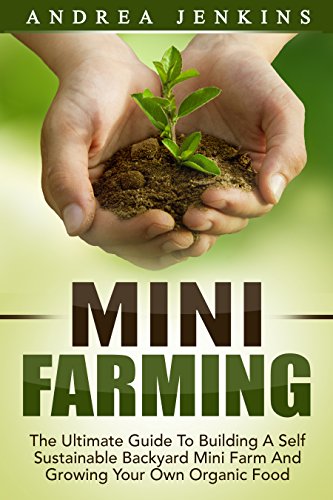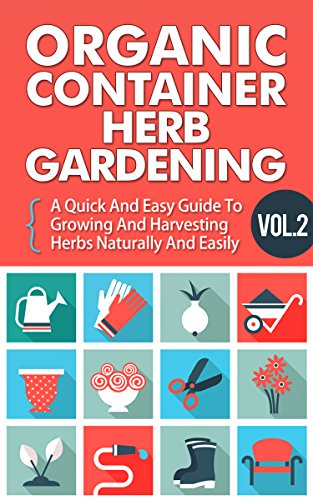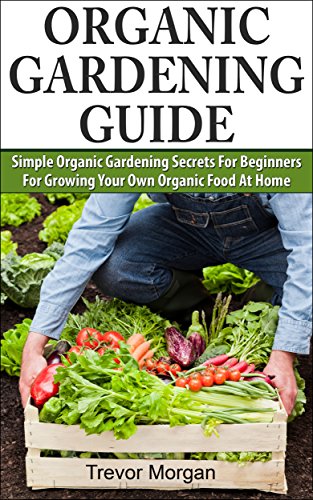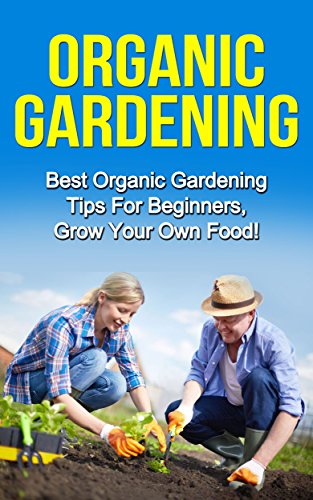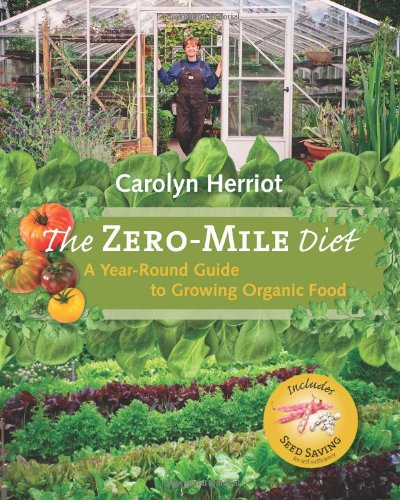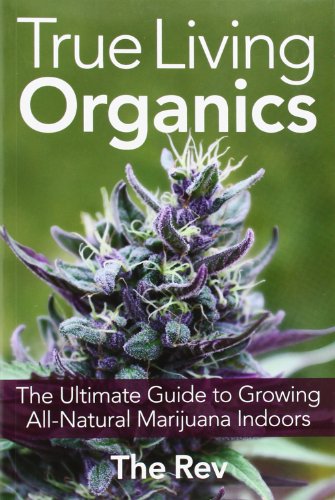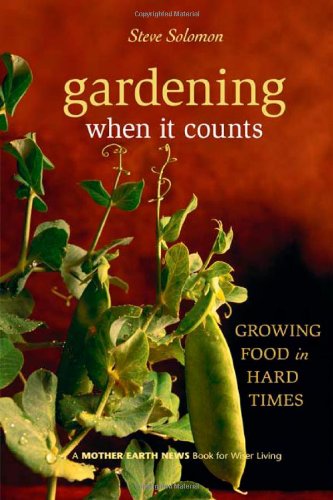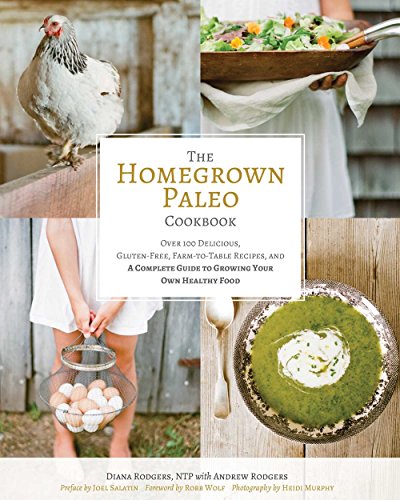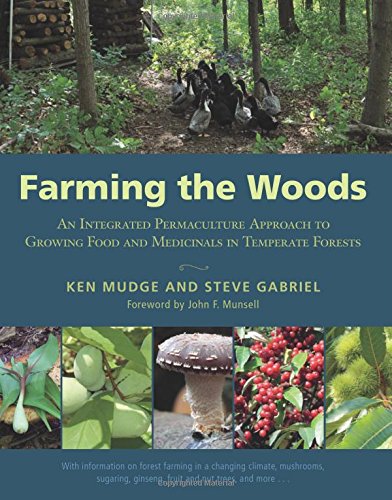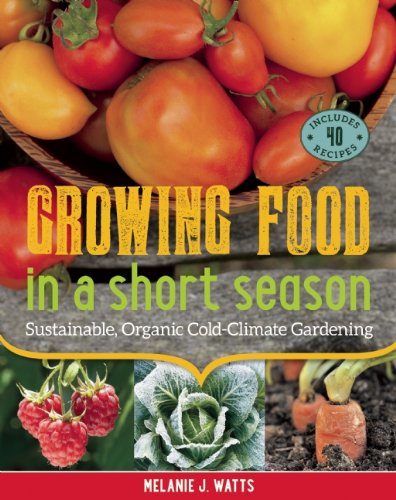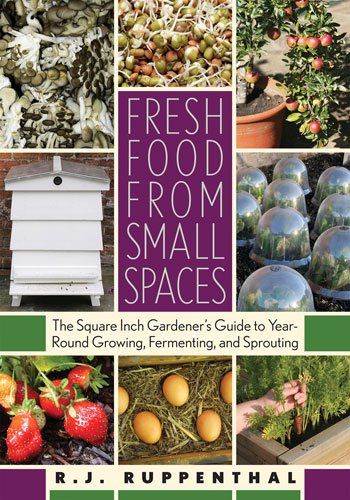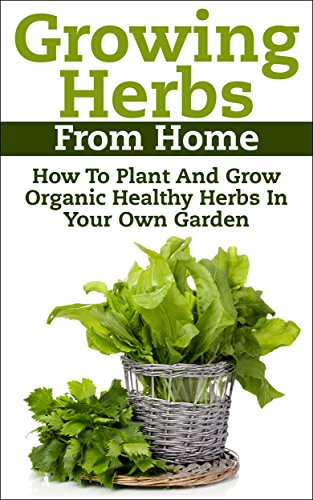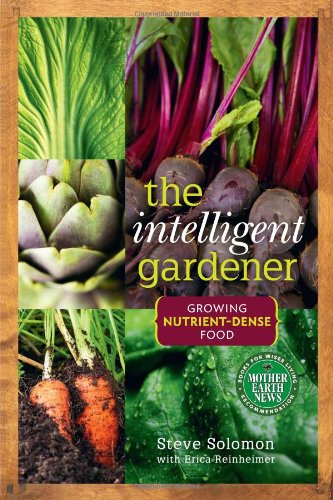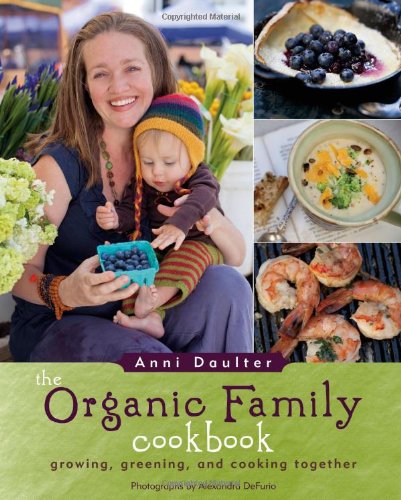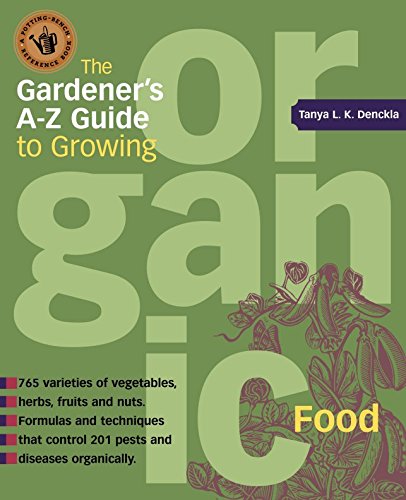Growing Herbs From Home – How To Plant And Grow Organic Healthy Herbs In Your Own Garden I am sure you enjoy the amazing taste of mint or the refreshing scent of rosemary in your lamb dish. You may also enjoy the sweet smell of dill or the amazing benefits of sweet marjoram as a tonic. While you may have heard about all the amazing benefits of herbs, do you know how to grow them? Over 50% of Americans buy their herbs at the grocery store and end up missing out on the amazing benefits of having your own herbs in your garden. Furthermore, do you know that most herbs available at the local grocery store are full of pesticides and insecticides? Even though you are lucky enough to get organic herbs, I am sure you know by now how expensive those can be. Why go through all the trouble of buying herbs at the grocery store while you could have your own herb garden. Are you overwhelmed and don’t know how to start growing organic herbs? This book is especially written for you as it contains important insight about growing herbs. You will learn how to prepare the soil for planting of different herbs as well as how to properly choose potted plants to ensure that you have the best plants to get started on your herb garden. This book also provides important information that you need to know if you decide to plant your herbs indoors. You would also learn how best to take care of the different herbs in order to yield maximum benefits from growing herbs. By the time you have finished reading this book, you will be ready to have a garden full of herbs. Here Is A Preview Of What You Can Expect To Learn: The History Of HerbsThe Benefits Of Growing HerbsHow To Grow Herbs OutdoorsThe Most Suitable Conditions For Growing Herbs OutdoorsHow Best To Grow HerbsMistakes That You Need To Avoid When Purchasing Potted PlantsWhat Not To Do To Affect Your HerbsAnd much, much more! To learn more about Growing Herbs in your own garden, download your copy of this book now! Download your copy today! Tags: growing herbs, plant herbs, plant and grow herbs, plant and grow herbs from home, growing herbs from home, home grown herbs, herb growing at home, at home, from home, home grown herb garden, home-based herb garden, house herb garden, herb garden at the house, herb gardens, herb garden, herb growing, herbal treatment, herbal cooking, herb, herbs, organic herbs, organic gardens, gardening, healthy gardening, healthy herbs, organic healthy herbs, herbal recipes, planting herbs, planting, growing, herbal plants, herbal cooking, outdoor gardens
